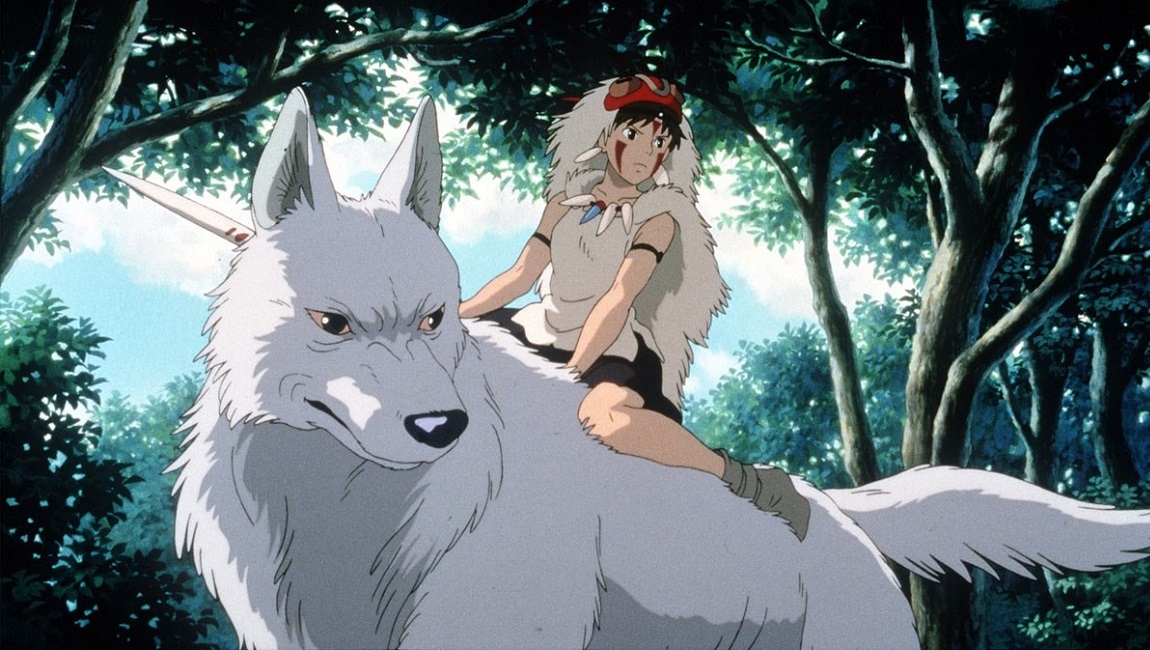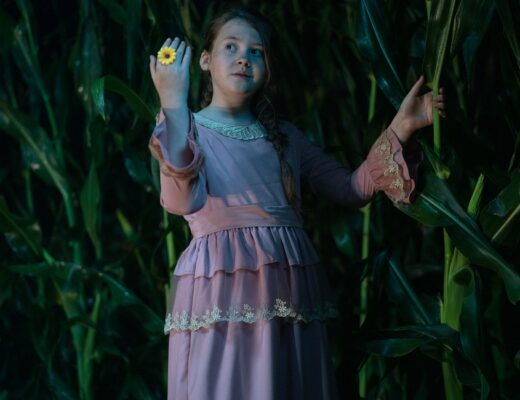“You say you’re under a curse – well so what? So’s the whole damn world.” In a darkened cave, miles away from Ashitaka’s home, a wandering monk/mercenary shares food with the young traveler before this exchange. For Ashitaka, a warrior-prince and the last scion of the Emishi people (and the ostensible protagonist of Hayao Miyazaki’s Princess Mononoke), the idea that he might have already failed does not even seem to have occurred to him; he is a character who seems destined to a fate larger than himself, and to fail feels out of place. A noble prince setting out on a harrowing quest to lift a curse feels like familiar territory, and protagonists like Ashitaka slot in well alongside both fairytale knights of old and the Luke Skywalkers, Harry Potters, and Katniss Everdeens of contemporary storytelling. If this story were being told by Walt Disney, such a set-up might be the beginning and end of Ashitaka’s character — perhaps he might learn some fundamental life lessons along the way, but, ultimately, he would be a capital-H hero, complete with a curse-free happily ever after. Where Princess Mononoke subverts expectations is in showing how a hero evolves when his quest fails, and by the end of the first act, Ashitaka’s pursuit has long been sidelined. He becomes a character who, while remaining the protagonist, is swept up in the chaos of other people’s lives, and the closest he can come to saving the day is in breaking up fights, saving those left for dead, and communicating between irreconcilable factions. When confronted with the rifle-wielding and largely peaceful inhabitants of Irontown and the godlike creatures of the forest, Ashitaka is left powerless, a boy from a fading people stranded between the age of nature and the age of industry. Having left his home alone, abandoned by the people he has saved and with no hope of return, Ashitaka’s narrative offers a melancholic iteration of the “hero’s journey” — in the absence of a cause, our hero here fades into the drama of the collective.
It’s this edge that makes Princess Mononoke unique, among both other, more sanitized animated parables and other Studio Ghibli films. It defies simplicity or easy moralism in favor of embracing the confusing and often brutal nature of reality. Any act of kindness, even from the monk Jigo, is suspicious, and Ashitaka’s storybook naïveté only compounds this anxiety. Similarly, acts of violence and cruelty are handled with ambiguity; when Ashitaka stumbles across battles and immediately runs into the fray, although we are led to assume he is fighting to protect the downtrodden, it’s never clear how much of his violence is a deliberate decision and how much is instinctual, compelled by his cursed arm. Ashitaka starts his narrative how other heroes might end their’s — already a hero, already kind and generous — and despite his present anger, he makes palpable efforts at restraint, building him into a far more complicated protagonist than most fables allow for. This isn’t just true of Ashitaka: the characters of Princess Mononoke represent complex moralities, making categorization of heroes and villains impossible. There is no hierarchy of moral superiority, but instead a constellation of nuanced choices that, like our own, impact different people in different ways. Characters overlap, taking on different roles within different groups, resulting in characters like the fearsome Lady Eboshi, who is an enemy of the forest and heartless industrialist in some moments, and the generous leader and savior of Irontown in the next. Miyazaki’s narrative simply isn’t suited to having a single hero or a single villain; the story doesn’t work that way.
Princess Mononoke’s thematic probings are likewise nuanced, and while the film certainly doesn’t adhere to any conventional parable structure, it’s hard to ignore its environmentalist message. There is no evil to be defeated; there is only the magnitude of existence. Characters seem to drown in the moments in which they are alone (such as Ashitaka’s long treks through the forests), dwarfed by the sheer magnitude of the landscapes they inhabit, little more than minor intrusions. The film’s forest spirit is not inherently vengeful or cruel in its retaliation against the people of Irontown — instead, in decapitating the gentle spirit, Lady Eboshi’s effort to protect her people seems to have freed a vast burst of energy from its vessel, opening a Pandora’s box that she has no control over. As in life, there are rarely evil intentions in Princess Mononoke, only flawed, fallible humans trying their best to protect that which they value. Crucially, when the forest spirit turns from nurturing to destructive, the shape it takes is distinctly human, with five-fingered hands crushing and absorbing all that lies in its wake. Perhaps it is this that has helped the film age so well. While few of the Irontown characters have open animosity towards the forest or its inhabitants, they are distinctly invested in the status quo. The iron industry is what keeps them employed, keeps them fed, keeps them safe, and so, when it comes to it, they are happy to abide destruction in order to keep on living their lives as normal. A film set on the precipice of environmental disaster, it’s impossible to watch Princess Mononoke without seeing its contemporary relevance. The narrative offers no easy solutions, acknowledging that Irontown is in a newly precarious position, and it becomes clear that even in averting one disaster, Ashitaka has potentially triggered other, smaller and more personal ones.
Princess Mononoke defies conventional storytelling to the last. There is no happily ever after, with Ashitaka and San simply going their separate ways, returning to their respective lives with a promise to stay in contact but an understanding that neither belongs in each other’s world. Throughout the film, Ashitaka seems to have failed to some degree multiple times, with his successes even rendered ambiguous, and perhaps it is there that we can find the closest thing Princess Mononoke has to a moral lesson — that there are no final victories and no final defeats, and that what matters is the ability to recover from our failings and evolve. When the forest spirit is resurrected, it does not turn back to its conventional form, but adapts; a god will not be killed twice in the same way. Similarly, when Ashitaka irrevocably fails, losing the trail of the boar, Nago, that wounded him, he is left to either become that which defeated him, “a nameless god of rage and hate,” or to accept what Jigo tells him: “You lost it. That’s life.”
Part of Kicking the Canon – The Film Canon.







